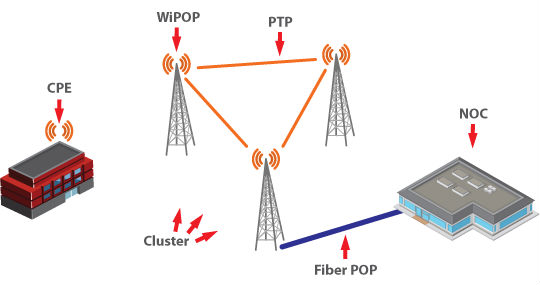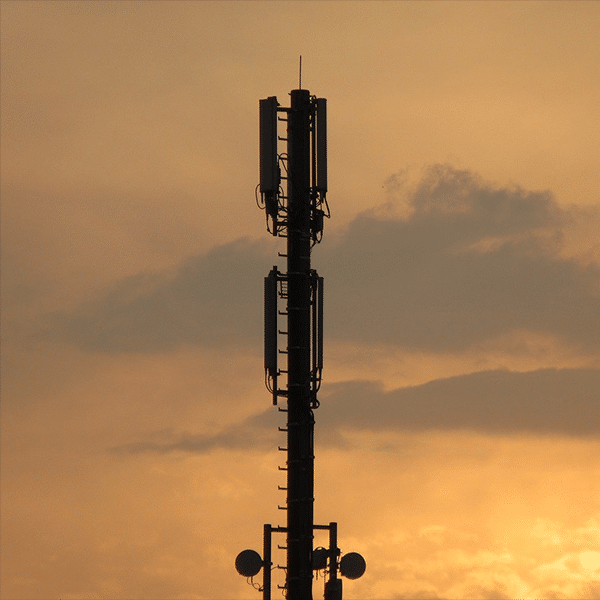 A statewide network under construction in Ohio aims to make broadband available to more than three million locations, including 100,000 homes that cannot currently get broadband – without relying on any funding from the broadband stimulus program or the Universal Service fund.
A statewide network under construction in Ohio aims to make broadband available to more than three million locations, including 100,000 homes that cannot currently get broadband – without relying on any funding from the broadband stimulus program or the Universal Service fund.
“It’s all funded via private capital,” said Kyle Quillen, chief technology officer for Agile Networks, the company that is building the open access network, in an interview.
How does Agile expect to see a business case for the network when some other service providers have not been able to do that in other rural areas? This may be possible, in part, because the company is serving some more densely populated areas as well as more rural areas.
In addition, as Quillen explained, “We’re leveraging investments that have already been made in vertical assets.” The Agile network will rely heavily on fixed or nomadic wireless technology and the company has been able to use a large number of existing tower sites.
“Public safety has become our anchor tenant,” explained Quillen – and as a result Agile has been able to gain access to existing public safety towers, as well as some commercial towers.
Some readers might be surprised to hear about wireless technology being used for public safety, as wireless service traditionally has been less reliable than wired alternatives. But Quillen argued that if a wireless network is properly engineered, it can be reliable enough to meet the needs of public safety.
The Agile Network will have 350 communication sites and 60 aggregation sites, at which wireless traffic will be shifted to fiber networks. Service to customers will be delivered over point-to-point and point-to-multipoint wireless equipment from Cambium Networks using a combination of licensed and unlicensed frequencies. Microwave will be used to transport traffic from wireless base stations to the network aggregation points.
“All of the microwave hops are designed [to provide] up to a gigabit of transport using standard microwave frequencies,” Quillen said.
When I asked Quillen what impact bad weather would have on the wireless portion of the Agile Network, he pointed to Agile’s use of multi-service routers from Tellabs that will be installed at each of the communication and aggregation sites and will be able to redirect traffic as needed to route around problem areas.
“Every tower will have an eastbound and westbound microwave path,” said Quillen. Using this approach, the towers will essentially be installed in a ring, which will have fiber injection points on both the eastbound and westbound links.

Quillen noted that the Agile network was already carrying public safety traffic during a big storm that hit Ohio this summer and “never lost a frame or dropped a packet.”
Agile has been talking to competitive and incumbent local exchange carriers and data center operators and Quillen expects many of them to be wholesale customers.
“One thing everyone needs is bandwidth,” said Quillen.
In some cases Agile’s carrier customer will install the customer premises equipment for the customer. In other cases, Agile will handle that responsibility. If there are any remote areas where another carrier doesn’t step in to provide service, Agile will act as the retail operator in those areas, Quillen said.


